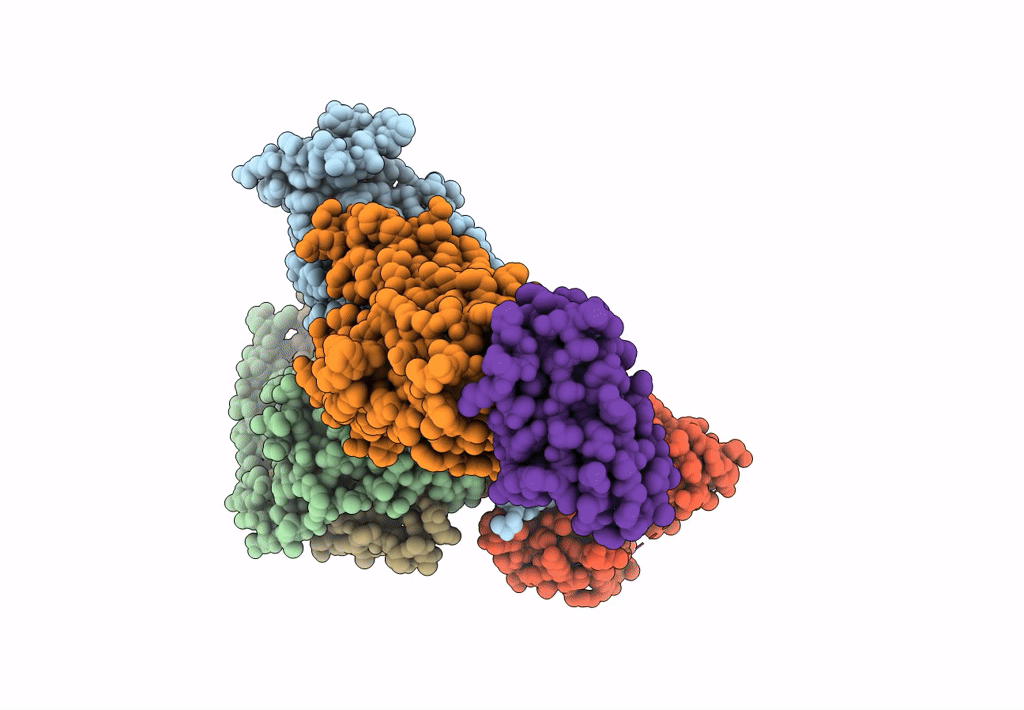
Deposition Date
2020-12-15
Release Date
2021-02-10
Last Version Date
2024-10-30
Entry Detail
PDB ID:
7L1V
Keywords:
Title:
Orexin Receptor 2 (OX2R) in Complex with G Protein and Small-Molecule Agonist Compound 1
Biological Source:
Source Organism:
Homo sapiens (Taxon ID: 9606)
Mus musculus (Taxon ID: 10090)
Lama glama (Taxon ID: 9844)
Mus musculus (Taxon ID: 10090)
Lama glama (Taxon ID: 9844)
Host Organism:
Method Details:
Experimental Method:
Resolution:
3.00 Å
Aggregation State:
PARTICLE
Reconstruction Method:
SINGLE PARTICLE


